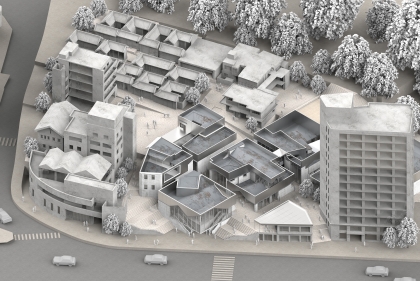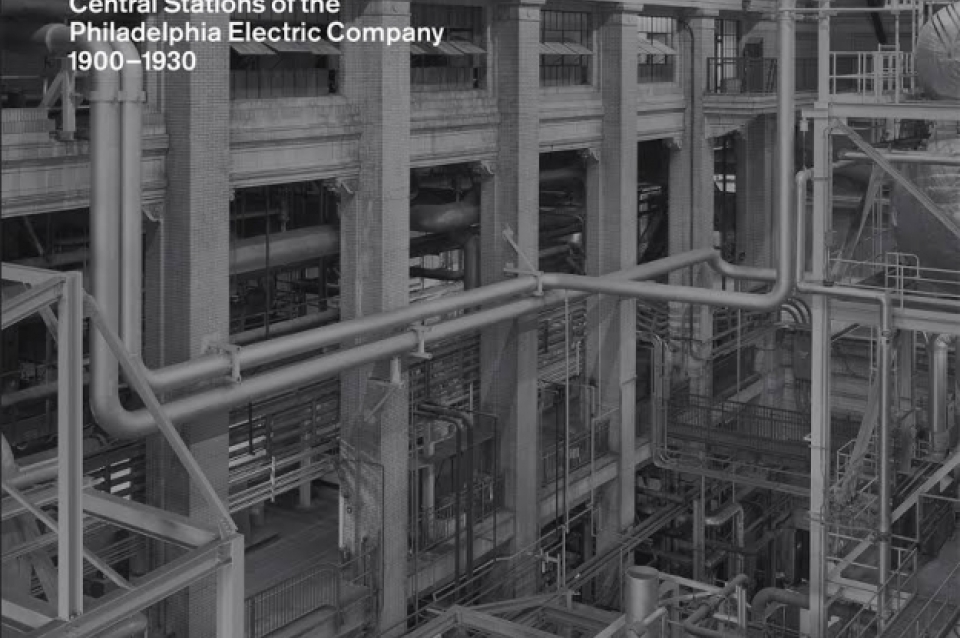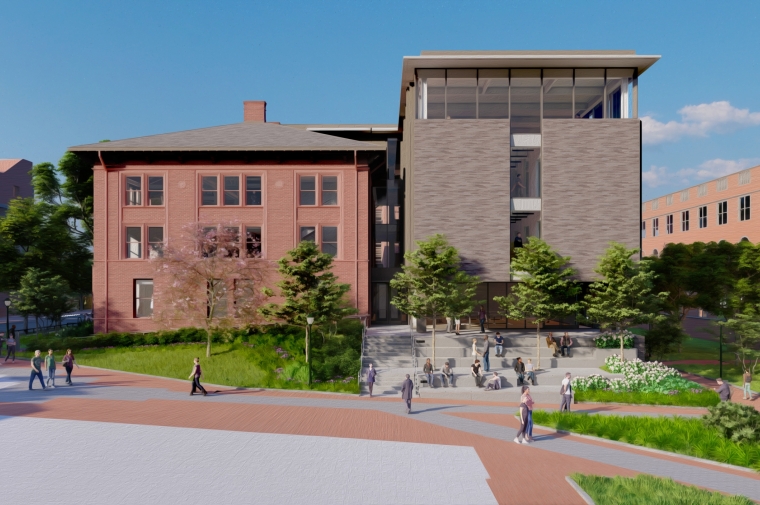December 6, 2016
Stuart Weitzman School of Design
102 Meyerson Hall
210 South 34th Street
Philadelphia, PA 19104
Get the latest Weitzman news in your Inbox
Media Contact
Michael Grant
mrgrant@design.upenn.edu
215.898.2539
Aaron Wunsch, Assistant Professor in the Graduate Program in Historic Preservation, is co-author with Lecturer Joseph Elliott of Palazzos of Power: Central Stations of the Philadelphia Electric Company, 1900-1930. The book offers a visual and analytical exploration of an unprecedented network of massive metropolitan power stations servicing greater Philadelphia at the turn of the twentieth century. Here Wunsch talks to Hidden City Philadelphia’s Michael Bixler about the project.
MB: In the book you call Philadelphia Electric’s central stations “improbable vestiges of an ethos we have forgotten,” referring to the optimism of the Progressive era. With the exception of, say, the recently complete World Trade Center Transportation Hub, contemporary public architecture rarely strives to achieve the type of grandeur and imposing scale of power stations and train stations from the late 19th and early 20th century. Why aren’t we building magnificent palaces to house internet server farms? Have we lost our belief in the power of built forms to shape human behavior?
AW: Boy, that’s a big one and I don’t think I can do it justice. Part of the answer lies simply in our society’s increasing divestment in the public realm. To see what I mean, compare the old Art Deco post office at 30th and Market to its putative replacement at 30th and Chestnut. Or compare the now-vacant Germantown High to charter-school successors in the area. Private infrastructure is another matter. Server farms aren’t inconspicuous by happenstance; they’re inconspicuous by design. That’s partly to discourage terrorist attacks, I guess, but it also plays into an older architectural story of utilities trying to blend in. In that sense, server farms are like the substations I write about in the book. But this isn’t to say the technological sublime or the quest for grandeur have vanished. They just manifest themselves in different ways: more private (corporate office parks), less tangible (the Internet).
MB: The economic and social narrative of the city has shifted greatly since these generating stations fueled the city’s golden era of manufacturing when Philadelphia was the “Workshop of the World.” What role can and should they play today in contributing to urban revival other than decaying reminders of Philly’s post-industrial economic fallout. How would you like to see them redeveloped? What do you think about developer Bart Blatstein and caterer Joseph Volpe’s plans to convert Delaware Generating Station
AW: I don’t have a set idea of what I’d like to see these places become. I’d like to see them be assets to their neighborhoods, not just island playgrounds for the rich. And I’d like to see them preserve enough of their character, inside and out, that some of the history of these sites as workplaces and technological wonders can still be told. But that doesn’t preclude making bold architectural moves in other areas. I’m interested to see what shapes up and, frankly, delighted to see almost any form of reuse. So much in Philadelphia is torn down simply because people lack the imagination to come up with an alternative.
Read the full interview on Hidden City Philadelphia.


 Expand Image
Expand Image



